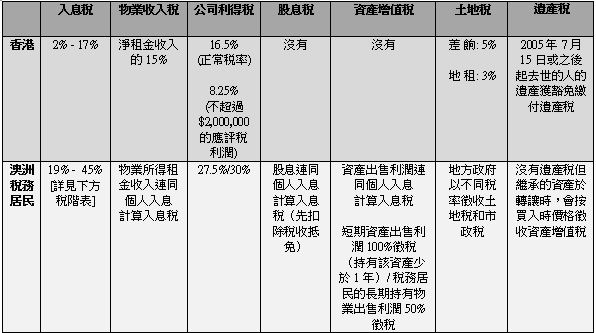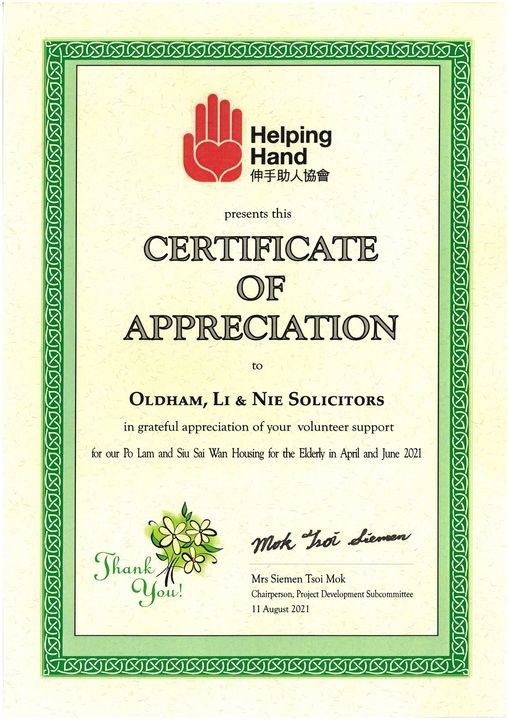2021年九月
在「仲裁庭判令附帶法庭程序費用的權力」(《香港律師》,2021年6月)一文中,作者認為,由於在附帶法庭訴訟中申請臨時措施所招致的費用(「附帶法庭程序的費用」)不能構成「仲裁程序的費用」,仲裁庭因此不能判給申請方相關費用。
被忽視的法例
我等謹認為,《再談在仲裁中追討附帶法庭程序的費用》(《香港律師》,2021年4月)闡述的分析尚未被充分理解,而《仲裁條例》第74(3)條亦再次被忽略。
簡而言之,《仲裁條例》第74(3)條明確規定,「凡任何一方要求作出命令或指示(包括臨時措施),則仲裁庭亦可就該請求……命令一方支付費用」。(作者後加的强調)該條文看來已授權仲裁庭就《仲裁條例》第74(1)條衍生的一般仲裁程序費用以外的費用頒令。
仲裁程序的費用
儘管許多有關其他司法管轄區的文章都曾探討「仲裁程序的費用」這概念,但這些討論與《仲裁條例》第74(3)條的詮釋並不相關。《仲裁條例》第74(3)條乃是一條由香港立法會議員創造的獨特條文,外國法規並無任何同等的條文。
無論如何,前文作者所引用的文獻亦指出了某些仲裁庭可以在仲裁中判給「附帶法庭程序的費用」的情況。
1.《國際仲裁實務指引》(International Arbitration Practice Guideline)(2006年)中提及,若本地法院無法處理臨時措施的費用,或法院已將其提交予仲裁庭決定,則臨時措施的費用可能在仲裁中予以追討。
2. 同樣地,Micha Bühler(2018年)接受了只要沒有重複判給費用且相關法律程序沒有違反仲裁協議,「附帶法庭程序的費用」也許可以作為仲裁費用予以追討。
3. Jeffrey Waincymer教授(2012年)進一步指出,「如果這是勝方用以支持仲裁的附帶行為,例如於法院取得臨時措施的費用」,該「附帶法庭程序的費用」則有可能被視為仲裁費用。
原則上,除非另有明確規定,否則仲裁庭判給「附帶法庭程序的費用」的管轄權不應取決於某些事件而定。因此,依我們愚見,這些文獻均傾向支持而不是否定仲裁庭確實對判給「附帶法庭程序的費用」擁有管轄權的觀點。較好的說法應是仲裁庭雖有判給訟費的管轄權,但基於顯而易見及不必重複的公共政策原因,這種管轄權只應在極罕見的情況下使用。
務實及可行的商業解決方案
雖然要求外國司法管轄區特別容許仲裁庭判給「附帶法庭程序的費用」這主張可能值得推崇,但若這主張與外國司法管轄區預設的訟費原則相反,則並不現實。無論如何,要改變每個外國司法管轄區的常規亦是不切實際的。
依我們愚見,一個簡單而可行的解決方案,亦與上述Waincymer(2012年)的學術文獻相符,是在仲裁協議中加入訟費彌償條款,訂明「附帶法庭程序的費用」可作為損害賠償予以追討。
鳴謝
作者感謝梁泳澤律師(高李嚴律師行合夥人)的研究指導和梁冠衡先生(高李嚴律師行暑期實習生)的研究投入。任何錯誤、遺漏和失誤都是作者自己的責任。
 香港中環雪厰街二號聖佐治大廈五樓503室
香港中環雪厰街二號聖佐治大廈五樓503室 +852 2868 0696
+852 2868 0696










